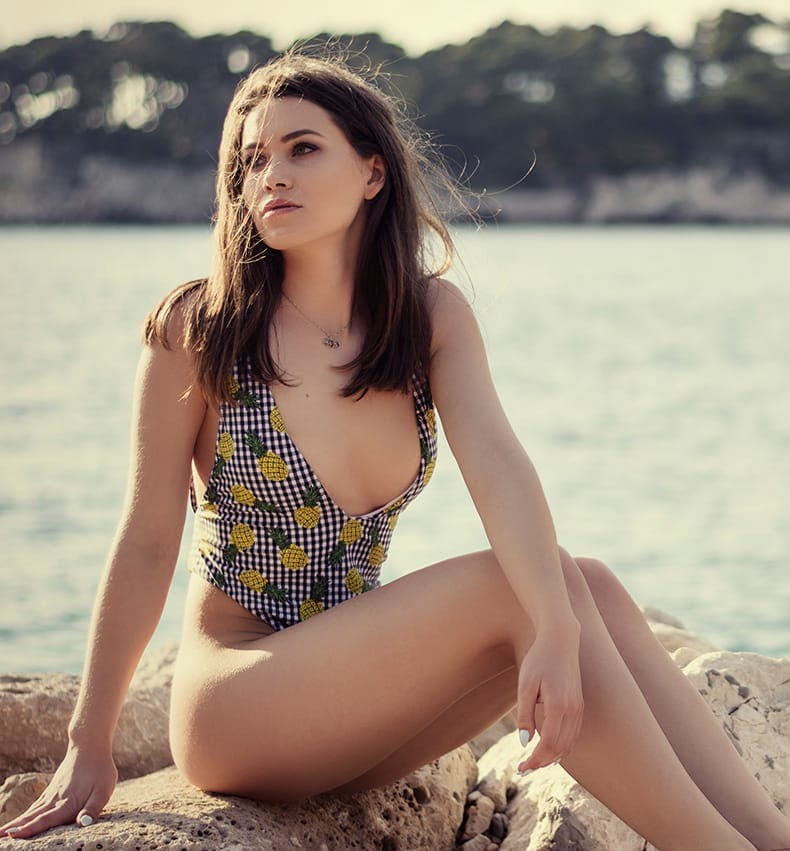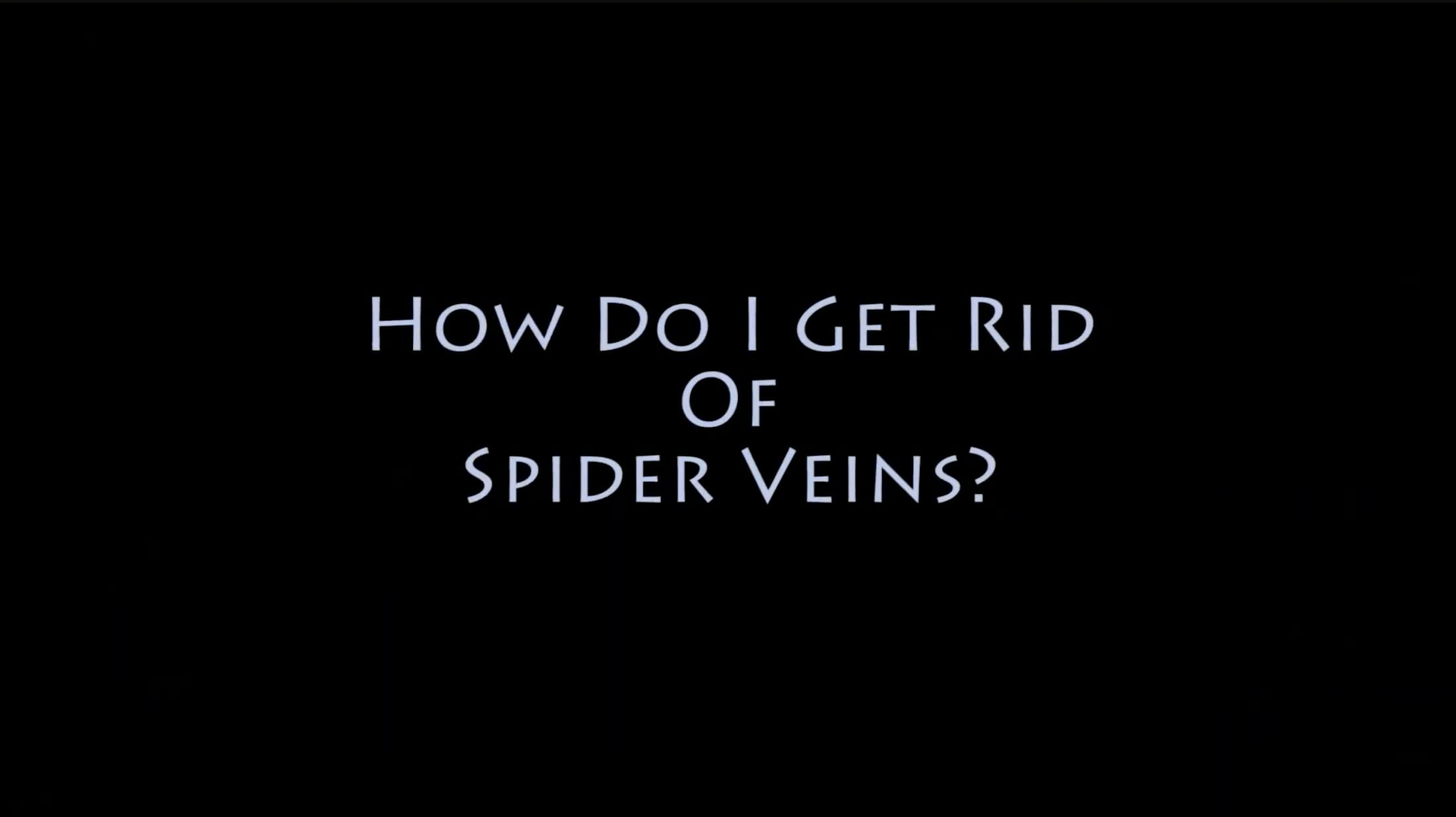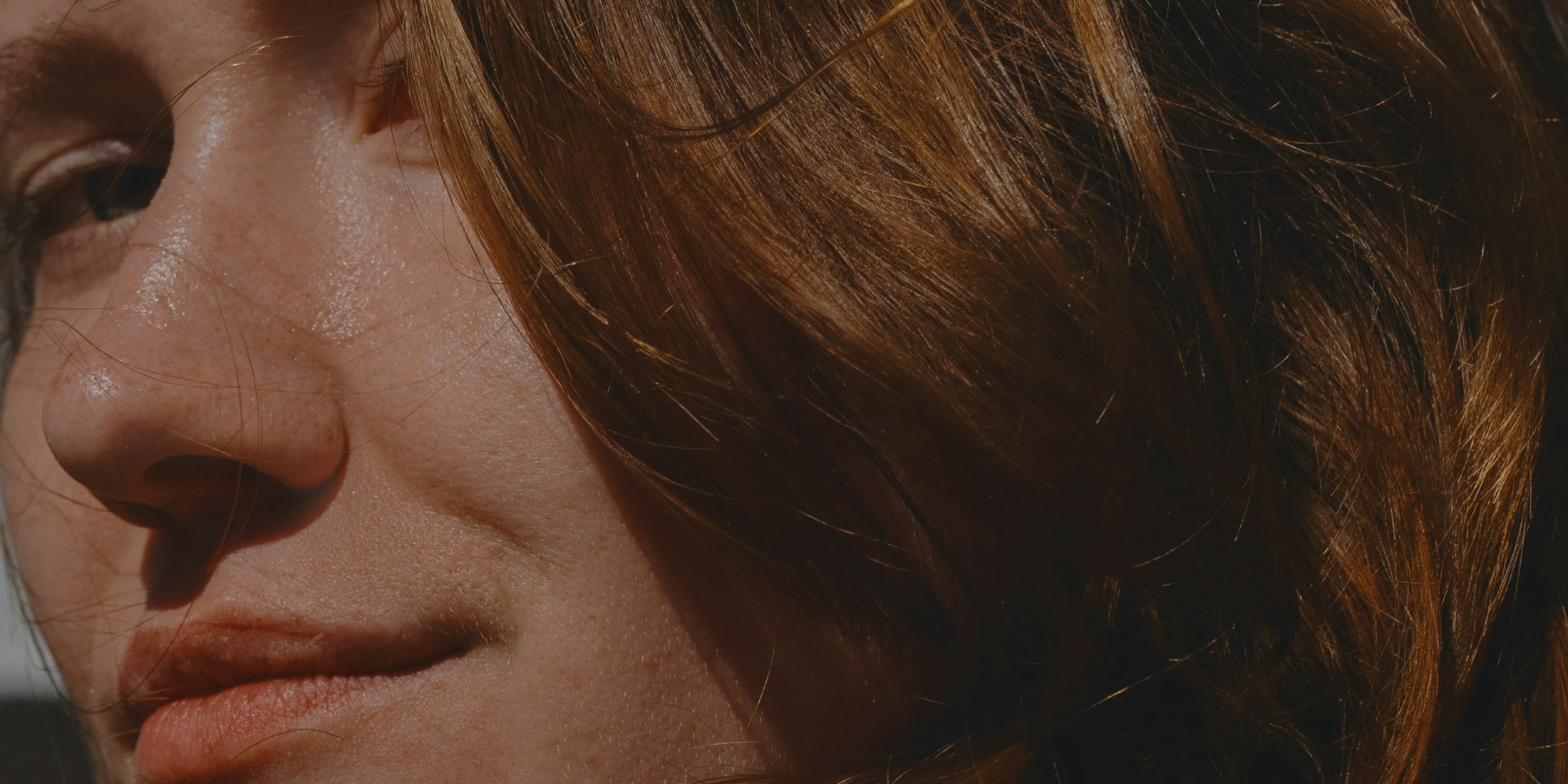Telangiectasia or spider veins are small superficial veins that form a network close to the surface of the skin. Although these tiny vessels are connected to the larger venous system, they are not an essential part of it.
Sclerotherapy
Sclerotherapy is an injectable treatment used to remove visible spider veins and some small varicose veins. The procedure involves delivering a sclerosing solution directly into the affected vessel via injection. The solution causes inflammation and scarring inside the vein, rendering it nonfunctional. The vessel gradually closes and shrinks so that the body can reabsorb it.
Sclerotherapy treatments typically take 45 minutes or less to complete right in our office. There is no anesthesia needed for the procedure, so you will be able to drive yourself home after your appointment if you like.
The sclerosing agent is injected down the length of the affected vein in one-inch increments, to ensure the entire vein collapses and disappears. Once the vessel is gone, blood naturally reroutes through healthy veins nearby. Some patients may need a second treatment session to achieve optimal results.







